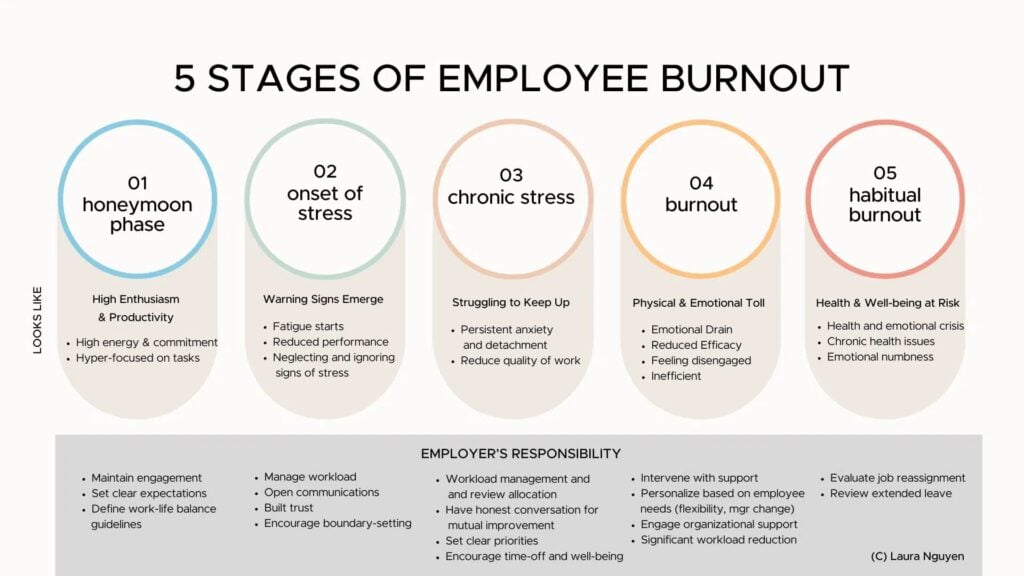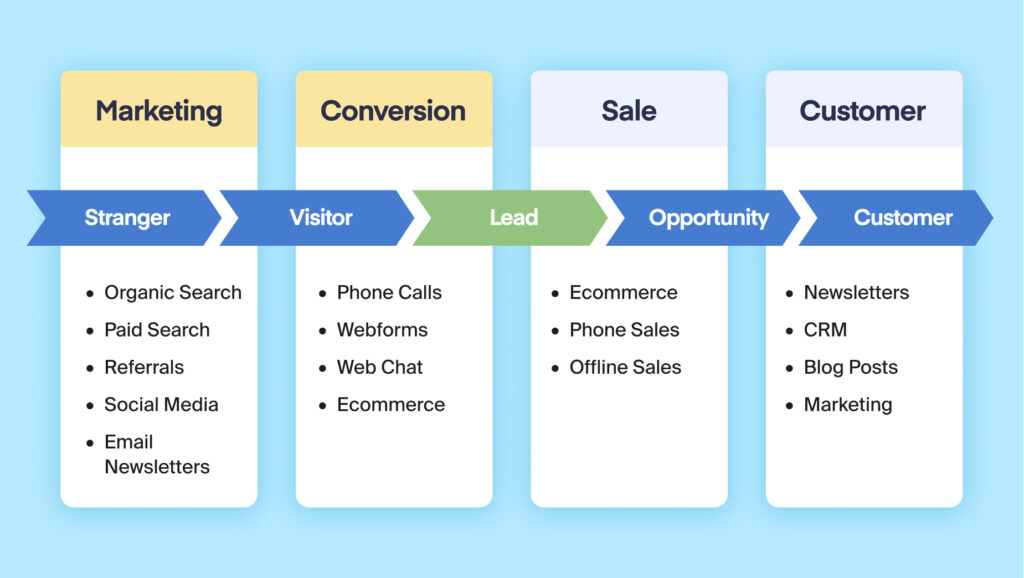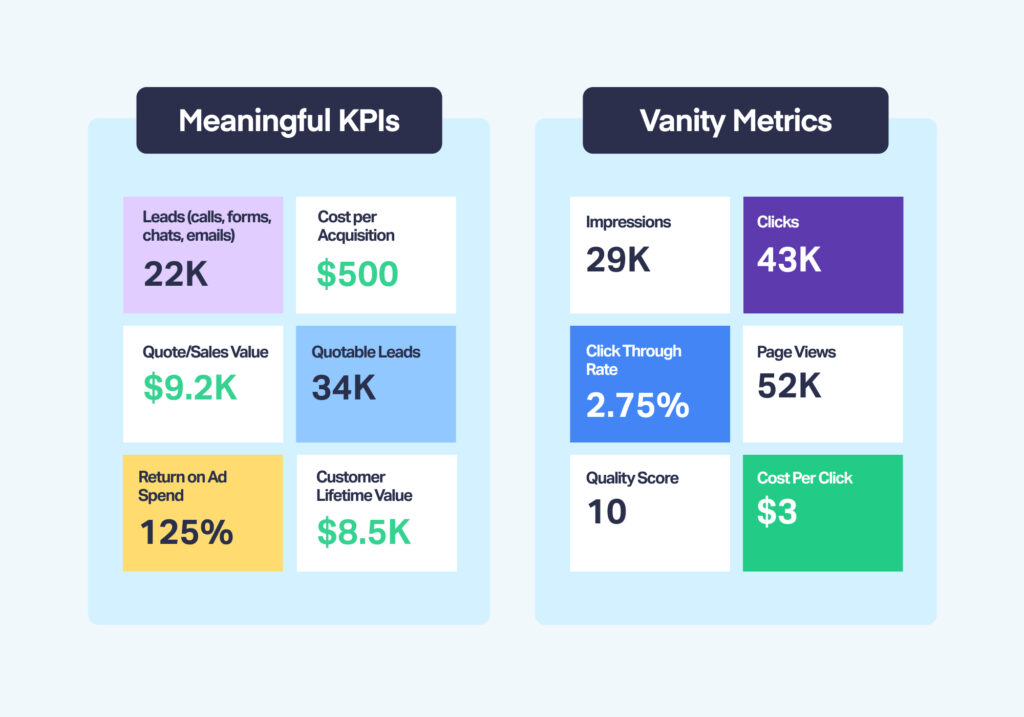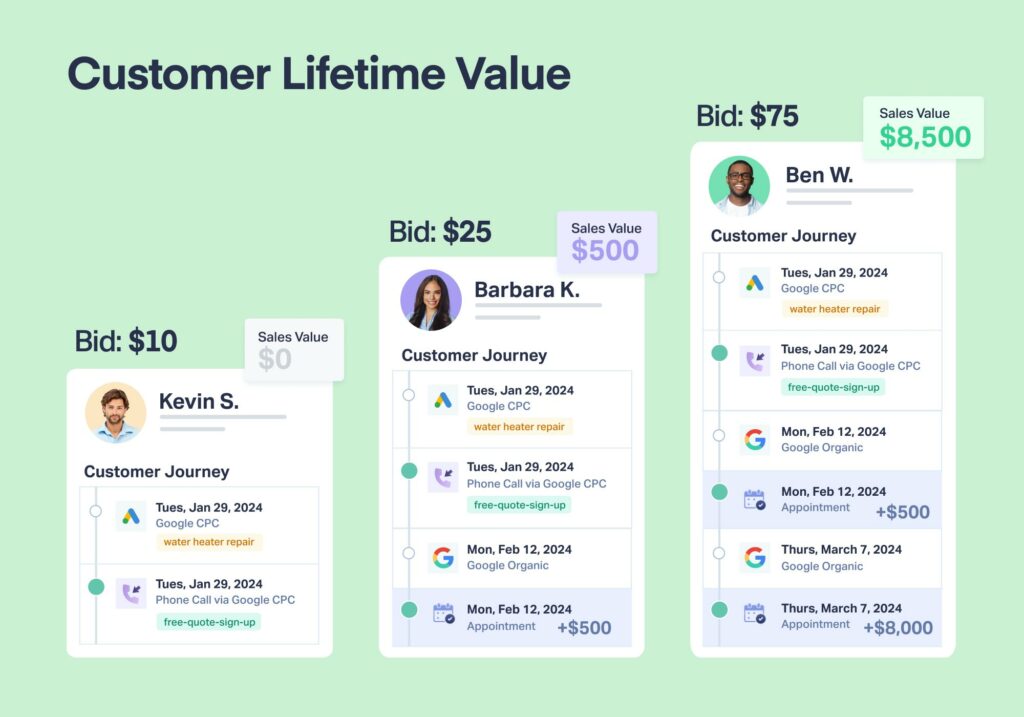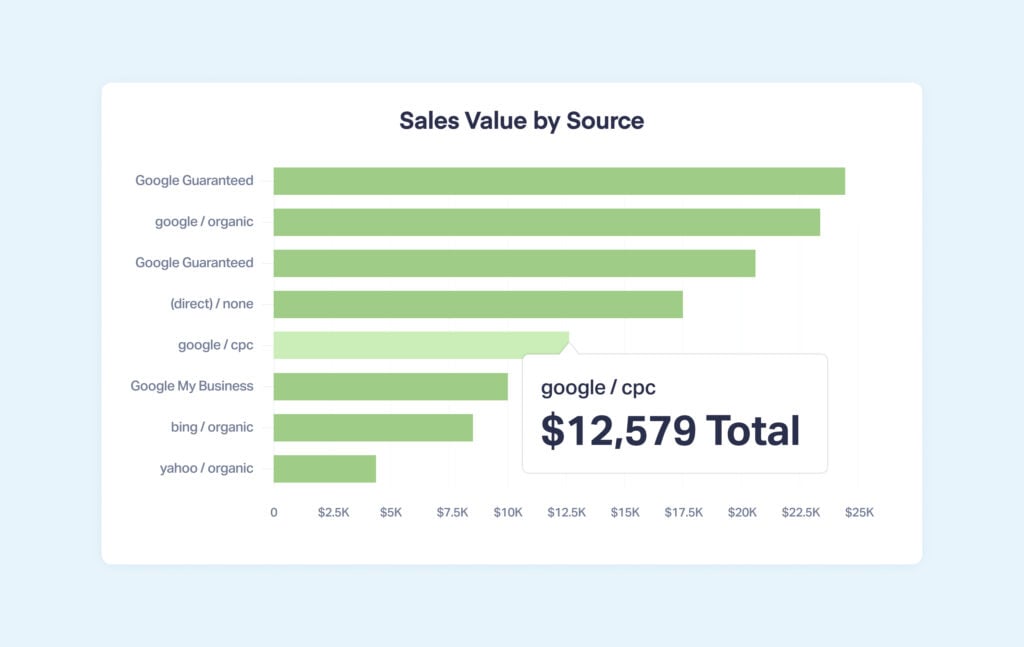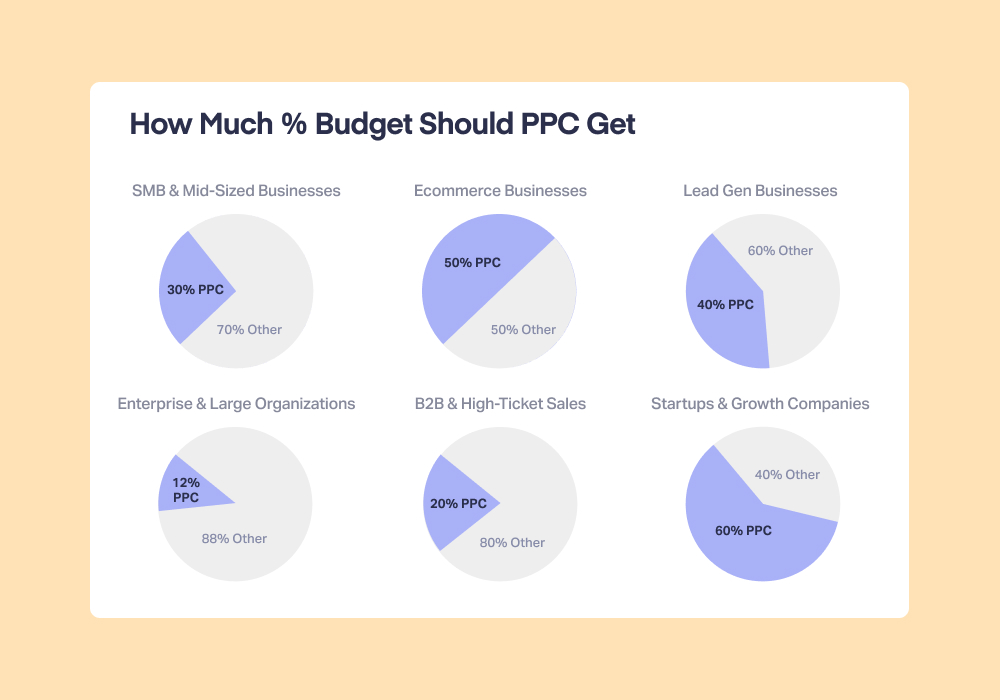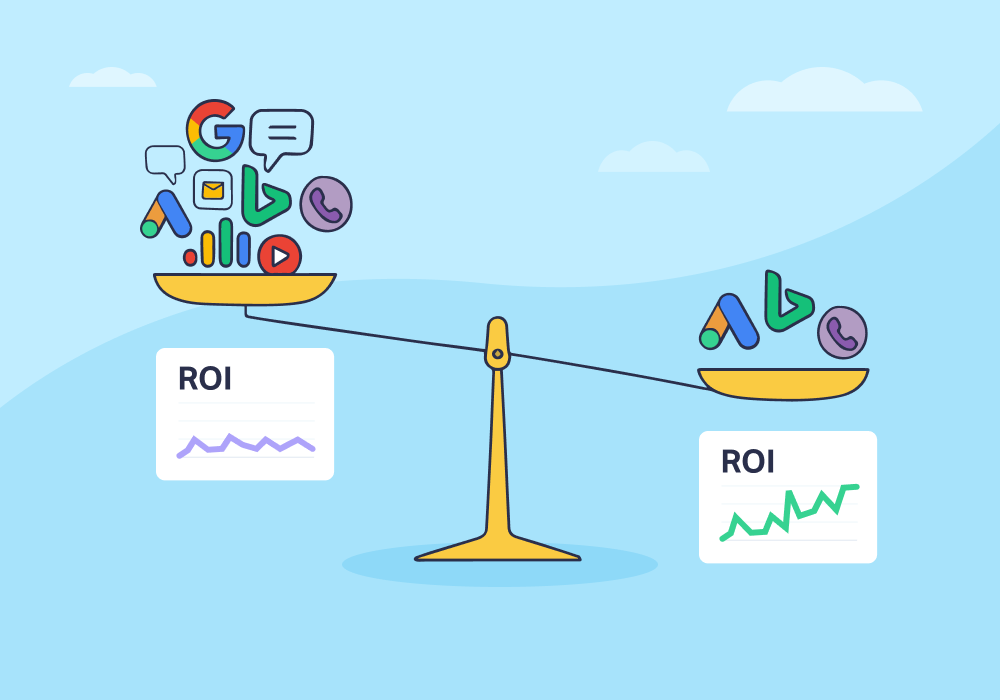
Marketers juggle more channels than ever—social, search ads, email, events. Companies want to be everywhere. Yet budgets and teams remain limited. As a result, a multi-channel approach can leave your messaging diluted, your team burnt out, and your lead quality lacking.
This is multi-channel fatigue.
But you can break the cycle; it just takes a little focus. This guide shows you how to identify high-impact channels, sunset underperformers, and build a focused strategy to boost ROI.
The High Cost of Multi-Channel Fatigue
Trying to maintain a presence on every marketing channel doesn’t just stretch your team thin. It also comes with steep costs in budget, performance, and morale. Marketers often assume that “more channels = more reach,” but the data tells a different story.
Hidden Budget Drains and Diluted Messaging
Every extra channel introduces direct costs (ad spend, creative production) and hidden ones (strategy fragmentation, oversight complexity). According to a global survey by Rakuten Marketing, 26% of the average marketing budget is wasted on ineffective channels and tactics. Gartner adds that splitting resources across too many platforms “nearly always stunts growth” by diluting both reach and message impact. Your audience ends up seeing less of your brand and remembering even less of your value.
Burnout on Lean Teams
Multi-channel strategies demand multi-skilled teams — something most lean departments or agencies simply can’t sustain. The result? Missed deadlines, reactive marketing, and team exhaustion. A survey by HubSpot and MarketingProfs found that 83% of marketers report burnout, often due to juggling too many platforms without enough support.
Poor Lead Quality and Conversion Rates
Perhaps the most overlooked consequence is lead quality. More channels often mean more leads — but not better ones. Without focus, campaigns become generic, nurturing drops off, and unqualified prospects flood your pipeline.
Studies have shown that 80-95% of marketing leads never convert, largely due to poor targeting and lack of qualification. On the flip side, marketers who focused on fewer, better-performing channels reported higher conversion rates and lower cost per acquisition, as demonstrated in case studies like Marketo’s shift to a quality-first strategy.
Key Takeaways:
- Spreading your budget across too many channels wastes money — marketers estimate a quarter of their budget is misspent.
- Overextension leads to team burnout and poor execution.
- High lead volume means little if the leads don’t convert. Fewer, better channels often produce more revenue per lead.
Spotting the Warning Signs You’re Spread Too Thin
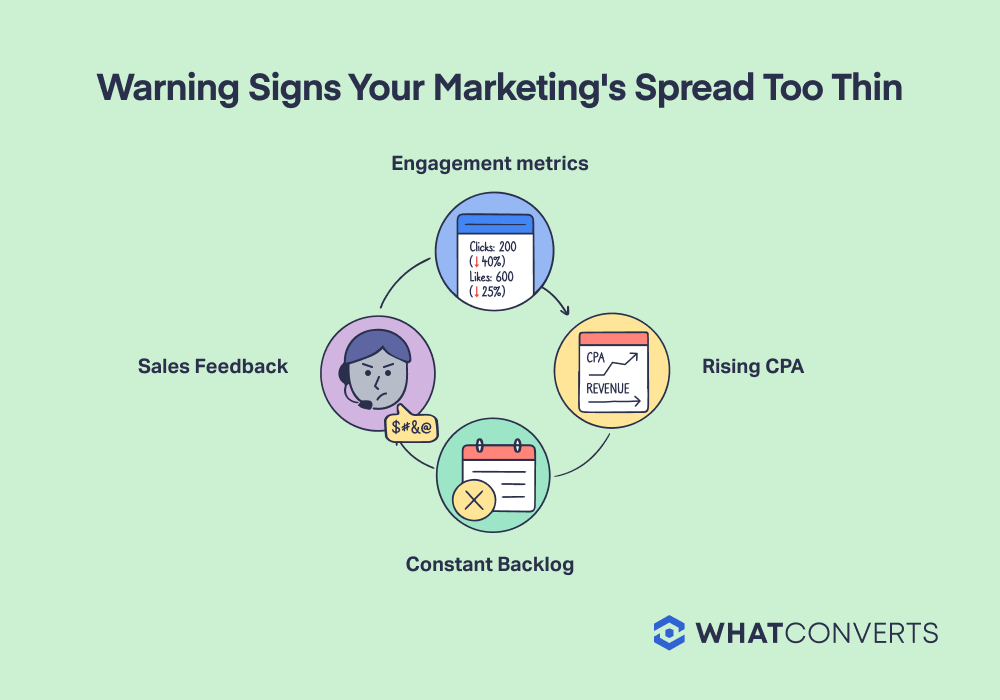
1. Engagement Metrics Plateau or Decline
If you’re investing in more channels but not seeing growth in engagement—such as click-through rates, social interactions, or email open rates—it’s likely that your messaging is too diluted. Content repurposed across multiple platforms often fails to connect deeply with any audience.
High lead volume may look good on reports, but if those leads don’t engage or convert, your strategy is failing.
2. Rising CPA with Stagnant Revenue
You might see more traffic or lead submissions, but if cost per acquisition (CPA) and cost per lead (CPL) are rising and revenue remains flat, your ROI is in decline. This is often the result of investing in channels that don't pull their weight. According to a study by Rakuten, nearly 50% of marketers admit that at least 20% of their spend is misallocated on underperforming platforms.
3. Content Backlog and Missed Deadlines
Struggling to keep up with content production for multiple platforms? That’s a clear sign you’ve overcommitted. Teams forced to “feed the content beast” across too many channels often fall behind, compromise quality, or miss key publishing deadlines. One report from CoSchedule found that marketers who document and focus their strategies are 414% more likely to succeed than those who don’t.
4. Sales Feedback: “Leads Look the Same, Results Don’t”
Your sales team is often the first to notice a dip in lead quality from your inbound leads. If they’re saying, “we’re getting more leads, but not more sales,” it may be because your broad-channel strategy is attracting unqualified or misaligned prospects. This disconnect usually stems from campaigns that prioritize volume over relevance.
Key Takeaways:
- Stagnant engagement and rising CPA are signs that your strategy is stretched too thin.
- Missed deadlines and content delays indicate operational overload.
- Sales complaints about poor lead quality point to a fundamental mismatch between marketing efforts and buyer intent.
Framework for a Focused Channel Strategy
Escaping multi-channel fatigue requires more than guesswork. It takes a structured, data-driven approach. Here’s a six-step framework to help you refocus your efforts, prioritize high-impact channels, and build a strategy that maximizes both lead quality and marketing ROI.
Step 1 – Audit Current Performance with Lead Quality Metrics
Start by mapping spend, leads, and revenue across every marketing channel. Don’t just count leads or measure success based on vanity metrics. Analyze how those leads convert. Which sources drive the highest-quality opportunities?
Use attribution tools like WhatConverts to connect each phone call, form submission, and chat to actual revenue. This level of granularity reveals which campaigns are worth keeping and which ones are burning budget without results.
Pro Tip: Track cost per opportunity and lead-to-sale conversion rate per channel, not just CPL.
Step 2 – Re-align on Business Goals & Ideal Customer Profile
Revisit your ideal customer profile (ICP) and align your channel mix accordingly. Does each channel match your audience’s decision journey? If you’re targeting enterprise buyers, broad-reach platforms like Twitter may be less valuable than LinkedIn or industry webinars.
Equally important is aligning with sales on what qualifies as a good lead. Be sure to sync up regularly to ensure your marketing qualification standards match those of sales. Don’t forget to take into account customer lifetime value, not just initial purchase value. These customers can be worth the extra money it takes to acquire them.
Step 3 – Score & Prioritize Channels
Use an Impact vs. Effort matrix to evaluate each channel. Prioritize those delivering high revenue and quality leads with manageable effort. Channels that demand heavy resources but yield little ROI should be paused or cut.
One example: When Marketo audited its channel performance, it discovered that the campaigns generating the highest lead volume weren't the ones driving opportunities. After shifting focus to top-performing channels, it saw its pipeline double, despite a decrease in total leads.
You can get a clearer picture of which channels have the highest ROI using WhatConverts Sales Value reporting.
Step 4 – Integrate Attribution and Lead Tracking Tools
This is where WhatConverts becomes essential. As you narrow your channel focus, accurate attribution is your feedback loop. WhatConverts ties each lead (call, form, chat, transaction) to its marketing source, so you can see exactly where revenue originates.
This capability prevents costly guesswork and validates your decisions.
For example, you can run a Sales Value by Keyword report that shows the value per lead based on the keyword they used to find your site. Then you can target higher value keywords and reduce budget to the lower value ones. 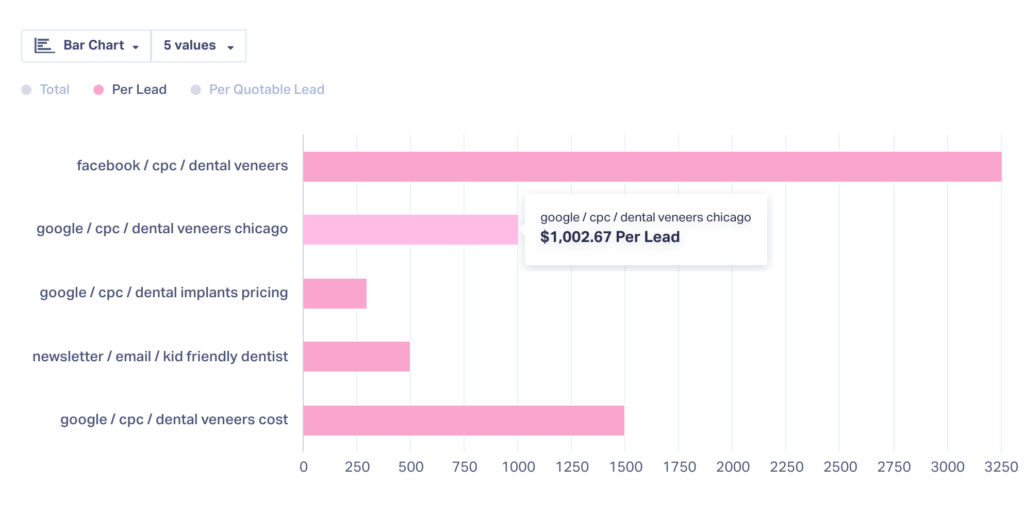
“With soaring ad prices, the right strategy around spend, targets, and attribution models is critical.” – Marketing strategist Gabe Knapp
Step 5 – Reallocate Budget and Resources Intentionally
With priorities in place, reallocate your budget and staffing toward the most effective channels. That might mean hiring a dedicated Google Ads specialist, investing more in SEO content, or shifting your keyword strategy to target the proven performers. 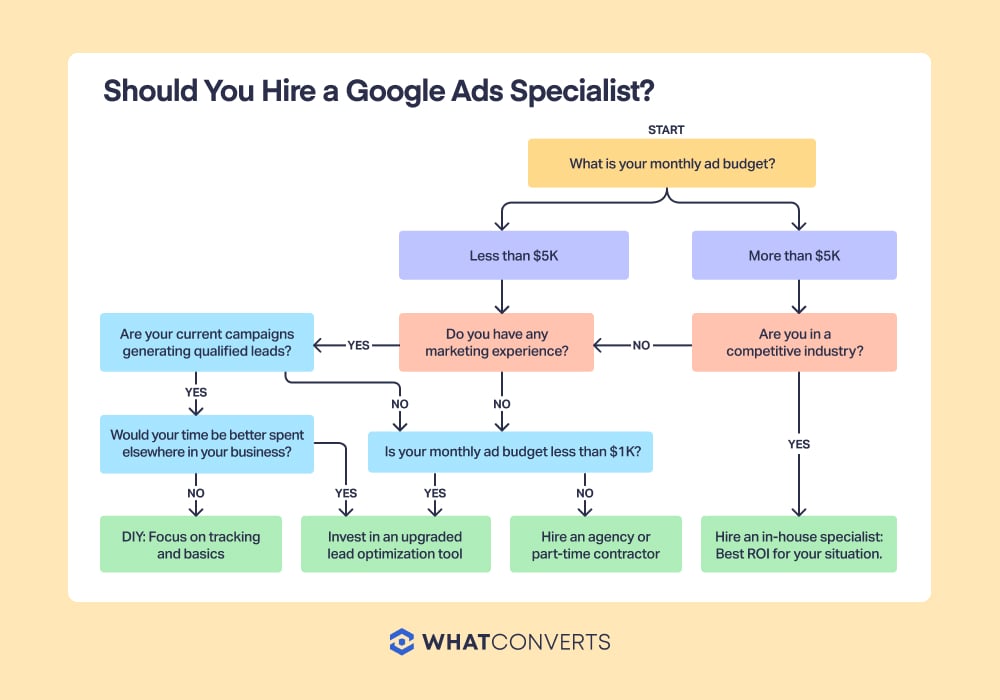
Focus isn’t about spending less. It’s about spending smarter.
Step 6 – Test, Optimize, and Document Processes
Even a focused strategy needs iteration. Don’t let single successes keep you lazy. Instead, keep testing, optimizing, and repeating.
Look for new opportunities to expand your testing. For example, you can use WhatConverts AI Keyword Analysis to find key phrases your customers are using to describe your product that you aren’t yet targeting. Then, test those phrases out on your campaigns and analyze the results. 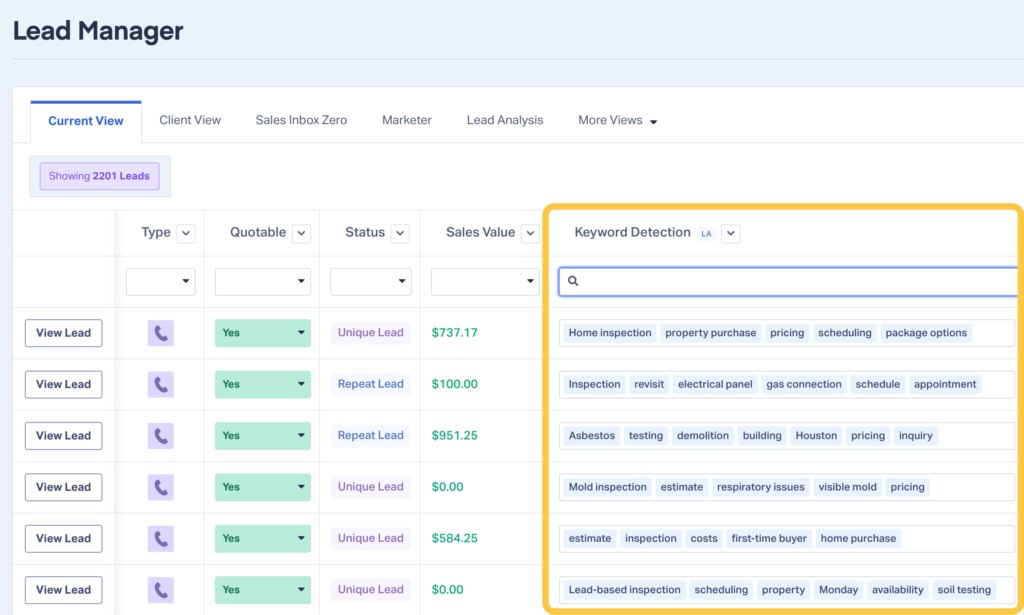
Key Takeaways:
- Build your strategy around quality metrics and business goals, not vanity KPIs.
- Use WhatConverts to connect leads to revenue and cut underperformers with confidence.
- Prioritize depth over breadth—fewer channels, better execution, greater ROI.
When (and How) to Add New Channels Without Repeating the Cycle
A focused strategy doesn’t mean you can never explore new opportunities. Markets evolve, buyer behaviors shift, and new platforms emerge. But adding a channel should be a strategic decision, not a reactive one. Here’s how to expand your mix without relapsing into chaos.
Use a Checklist to Vet New Channels
Before committing, evaluate any new channel against this short checklist:
- Audience Fit: Does this platform reach your ideal customer profile?
- Strategic Role: Does it align with a specific funnel stage where you need more traction?
- Resources: Can your team execute well on this channel without hurting core priorities?
- Trackability: Can you attribute performance from this channel end-to-end?
- Success Metrics: What are the defined KPIs, and how will you measure ROI?
If a channel doesn't clearly check these boxes, it's likely a distraction.
Pilot with Clear Success Criteria
If a channel looks promising, run a time-bound pilot. For example:
“We’ll test YouTube Ads for 6 weeks with a $10K cap. Success = 50 MQLs under $200 CPL, with 5 qualified sales opportunities.”
This pre-defined threshold prevents scope creep and helps you avoid sunk-cost bias. Document qualitative insights too — like operational ease or team feedback — not just numbers.
Set Up Attribution Before Launch
One of the biggest mistakes? Launching a new channel without the tracking to measure it. Before you spend a dollar:
- Create unique UTM tags and landing pages
- Configure conversion tracking
- Ensure CRM integration to trace pipeline impact
Platforms like WhatConverts make this seamless, letting you track every lead back to its source, whether it’s a call, form fill, or chat. This ensures that if a channel works, you’ll know exactly how.
Key Takeaways:
- Vet new channels carefully — audience fit, strategic purpose, and resource availability are non-negotiables.
- Treat every new platform as a hypothesis. Pilot it, measure it, and hold it to performance thresholds.
- Ensure attribution and tracking are in place before launch — no exceptions.
Conclusion & Call-to-Action
In today’s marketing landscape, focus beats frenzy. Spreading your efforts across every available channel may feel like comprehensive coverage, but it often leads to wasted spend, team burnout, and low-quality leads. A smarter approach is to prioritize the few channels that actually drive results.
This article outlined a six-step framework to help you:
- Audit performance using lead quality and ROI, not just lead volume.
- Align channels with your ideal customer profile and business goals.
- Reallocate resources toward high-impact platforms.
- Implement attribution tools like WhatConverts to connect every lead to its source.
- Pilot new channels strategically — only when the data justifies it.
Marketers who take this approach see higher conversion rates, lower acquisition costs, and better attribution clarity, all while reducing the operational stress that comes with trying to “do it all.”
Want to see which channels actually drive revenue?
Start a free trial of WhatConverts and gain instant visibility into which campaigns deliver qualified leads, real pipeline, and closed deals.
Get a FREE presentation of WhatConverts
One of our marketing experts will give you a full presentation of how WhatConverts can help you grow your business.
Schedule a Demo
Grow your business with WhatConverts






